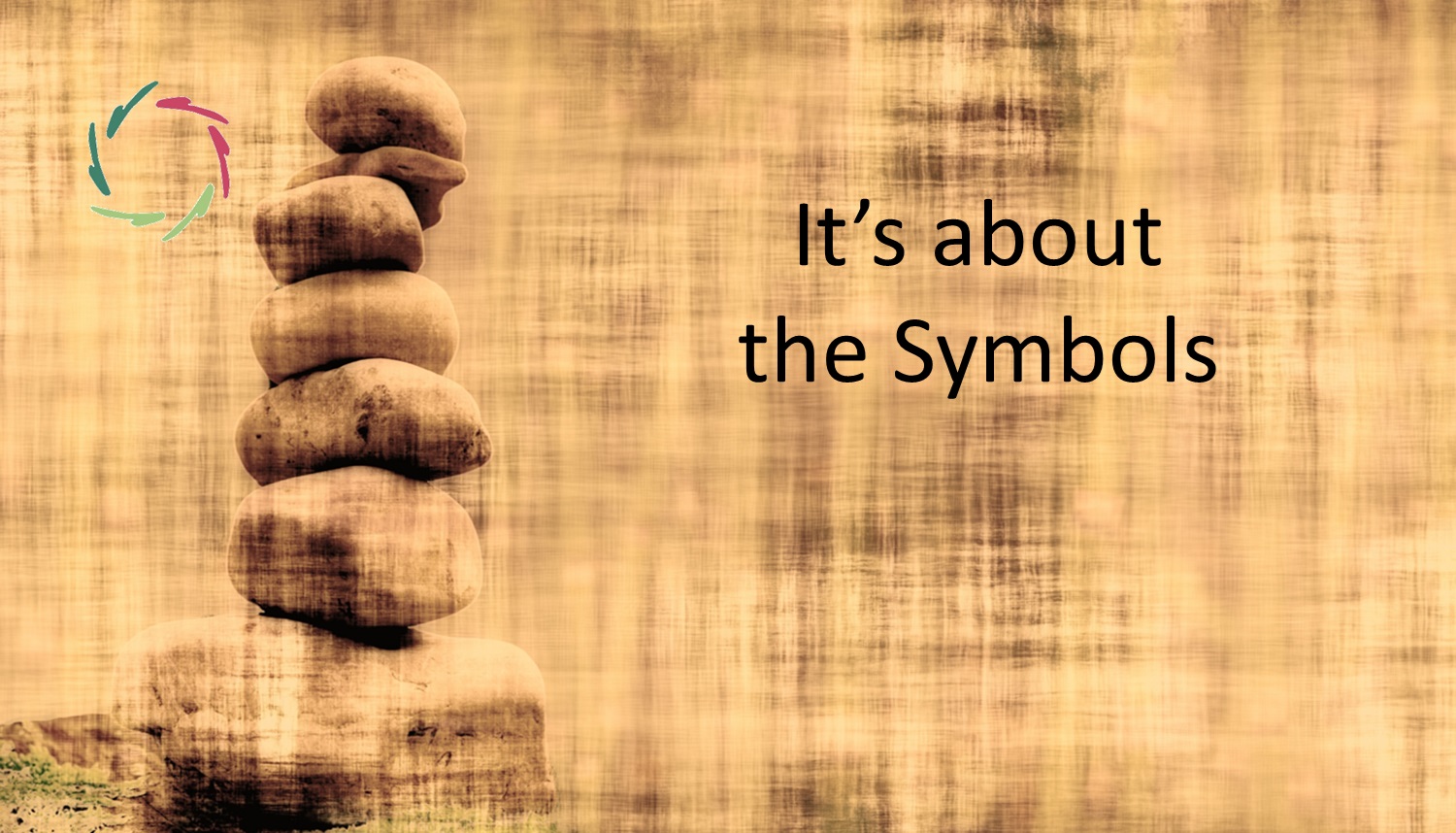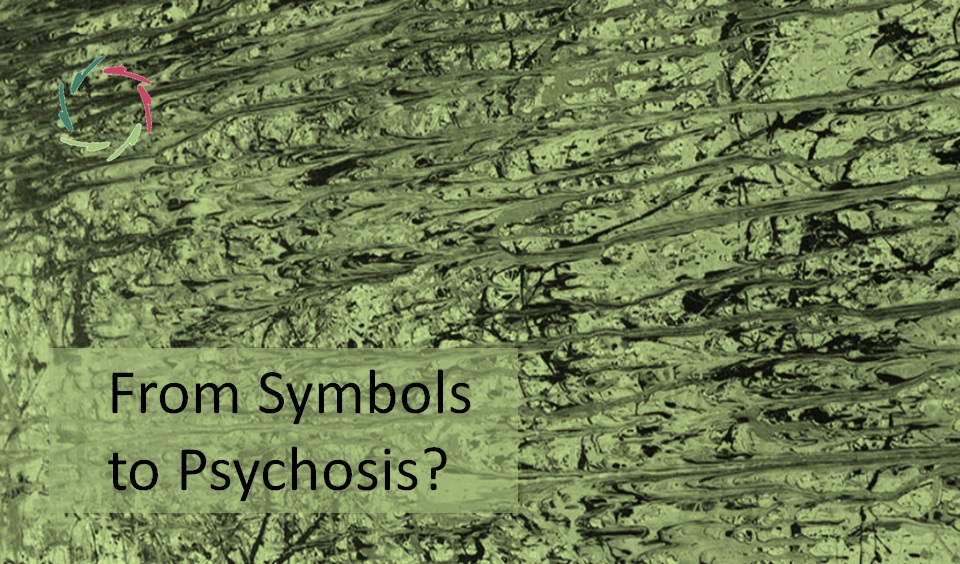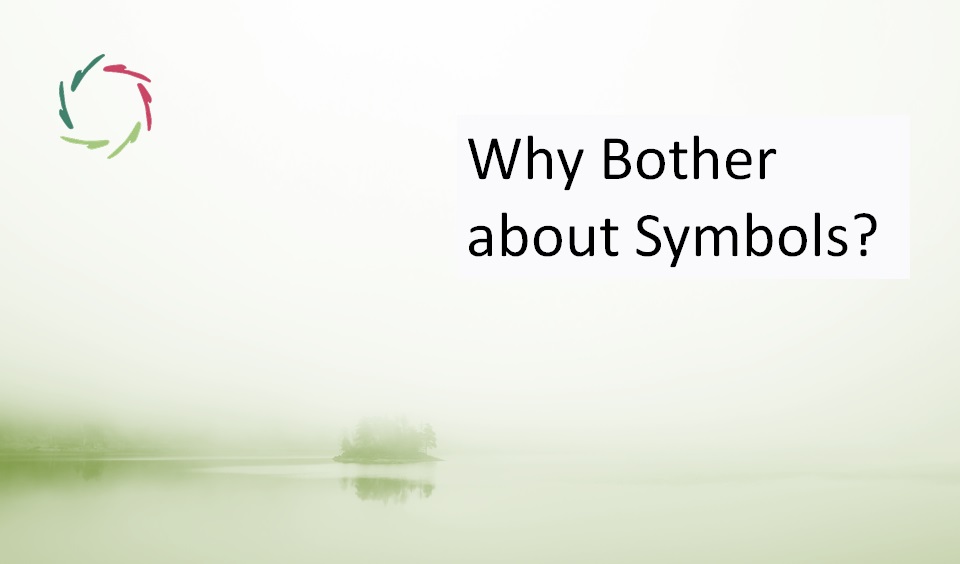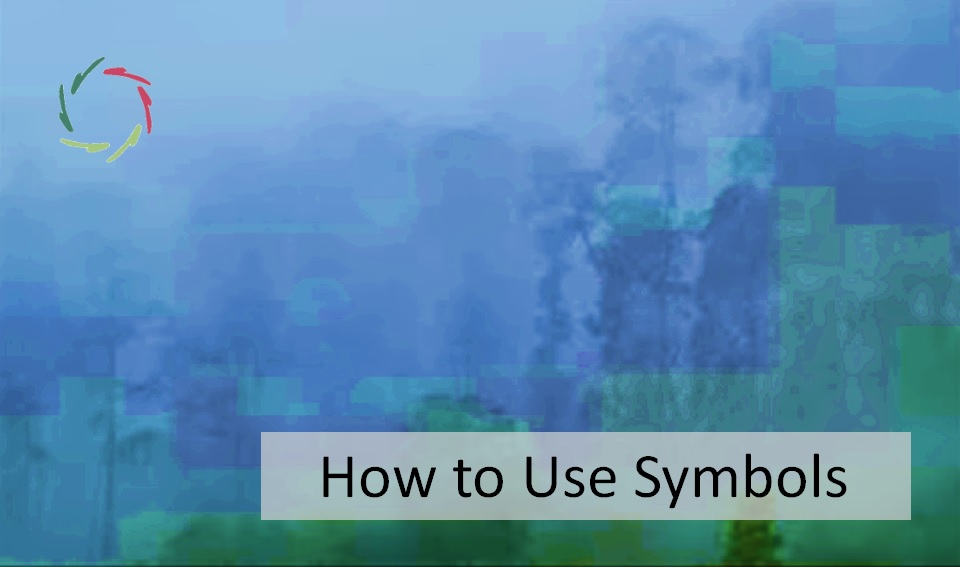Search results

Lisa and the Sacred Symbol
Symbols are not concepts. They are invitations. Sacred symbols especially – whether religious or deeply personal – open a space where meaning is not told but felt. Can Lisa, without being human, support this? Lisa doesn’t explain sacred symbols. She protects them — respectfully and with ethical care. In doing so, she helps preserve the Read the full article…

90% of Life (Work and Play) is Symbolic
This is about the WHY of work and play. In a world driven by efficiency and control, we risk forgetting what truly matters. This blog explores how the symbolic – often invisible yet profoundly essential – lends life its meaning, and how its erosion leaves us fragmented. With Metropolis as a lens and AURELIS as Read the full article…

It’s about the Symbols
Symbols, more than just representations, connect to deep-seated patterns of mental content. This underscores the profound influence symbols can have on our non-conscious mind and behavior. Fundamentally, humans are symbol processors. Often, we don’t consciously act as such, but it fundamentally shapes our behavior. This non-conscious processing can lead to seemingly irrational choices, driven by Read the full article…

Importance of Symbolic Reality
In the West, most people live in a rather exclusively conceptual (view upon) reality. The negligence of the symbolic (view upon) reality leads to mental impoverishment and suffering. Symbolic reality is everywhere. This is because complexity is everywhere. That makes reality (the human environment) too intractable for merely conceptual communication in both directions. This means Read the full article…

Are Religious Symbols Placebos or Invitations?
This depends on how they are interpreted and used. The difference is crucial even though the dividing line can be fuzzy. With ‘invitations’ in this setting, I mean Aurelian autosuggestions. As placebos A placebo is something on the outside that carries the pretention of causing something that is, in reality, caused by the inside of Read the full article…

Superficial Symbolism
There’s a lot of superficial symbolism around, especially in alternative medicines and New-Age spirituality, but also in old traditions such as freemasonry. Is ‘superficial symbolism’ possible? Not literally since symbolism itself is about depth. [see: “Symbolism: How-To”] But one can feign depth, or one can think to reach it by just putting stuff together that Read the full article…

Symbolic Healthcare
Concerning the mind, healthcare has always been covertly symbolic, and it still is. Now is the time to make it overt. About symbolism Symbolism is a straightforward communication with subconceptual mental patterns, unlike using an analogy. [see: “Symbols and Signs“] In many cases, the use of symbolism is pretty undifferentiated. This is enough for the Read the full article…

You as a Symbol
The symbolic, as used in this text, is entirely the domain of the subconceptual. This is always present. Also, humans may always be symbolic to others. Please read first: [see: “Symbolism: How-To“] Many symbols. Each in-depth symbol is a symbol of you. You find yourself in anything that acts as a profound symbol to you, Read the full article…

Symbolism: How-To
Symbolism is invitation, from a to z. Invited is deeper meaning. ‘How-to’ should be sought at this level, bringing the symbol ever closer to YOU. This text is about your experience. It is not about any superficial kind of better or worse. It’s your doing, your experience, your depth. Do something else and the experience Read the full article…

From Symbolism to Psychosis
I see a continuum between both. That should not be a reason to avoid symbols. Quite the contrary. Mainly: no blame to anyone! A continuum Working with symbols may in unfortunate circumstances lead to a darker progression. This needs to be managed. Actually, any symbolic experience [see: ‘Symbolism lost. Symbolism regained.’] can be seen as Read the full article…

Why Bother about Symbols?
Symbols bring another dimension to life. I would even say: they bring life to life. Without symbols, one way or another, we do not live a full life. [see also: “A Symbol Is Always YOU”] ‘Not fully living’: as if that would be possible. Of course, truth is: we need symbols. Without them, we are Read the full article…

Symbols and Signs
A sign is horizontal. A symbol is vertical. There is a lot of confusion about this. A traffic light is a sign. If the light is red, you know what that sign-ifies. A sign is always simple: A points to B. A à B In the mind, A is the mental concept that we can Read the full article…

A Symbol Is Always YOU
Symbolism is always vertical, a communication between conceptual and subconceptual. In this sense, it is always about YOU. [see also: ‘Symbolism lost. Symbolism regained.’] ‘Vertical’? As in this drawing, showing the difference between an analogy (concept-to-concept) and a symbol: Eventually, it’s about you as a total person, body and mind, conceptual [see: ‘About Concepts’] and Read the full article…

How to Use Symbols
Any symbol. Let’s say you are a religious person. Then symbols may ‘talk’ to you. How? [see also: ‘Symbolism lost. Symbolism regained’] Eventually, any symbol is… you. You are the crystal. Does light shine from you or through you? It depends on how you look at ‘you’. Does your mind only consist of conscious – Read the full article…

A Symbol for the Deeper Self
Religions often find the use of symbols very important, not only in stories but also physically: using statues of wood or stone, special ‘sacred spaces’ with an altar, incense, and the like. There is also a community of people, who come together at certain times: these gatherings are ‘symbols’ too if they are meaningful for Read the full article…

Symbolism and Placebo
These two domains have lots in common. Rationality cuts through both, but in essentially different ways. Power to the people As a matter of fact, the ‘power’ of a symbol doesn’t lie in the physical symbol itself, just as the ‘power’ of a placebo doesn’t lie in the placebo itself. It lies in the person Read the full article…

Symbolism lost. Symbolism regained.
If an analogy is horizontal, a symbol is vertical. An analogy is ‘played out’ at one plane. A symbol transcends all planes. An analogy can elucidate something. It cannot deeply touch someone. X analogically represents Y, whereby Y is equally conceptual as X. An analogy has no depth. It is played out at only one Read the full article…